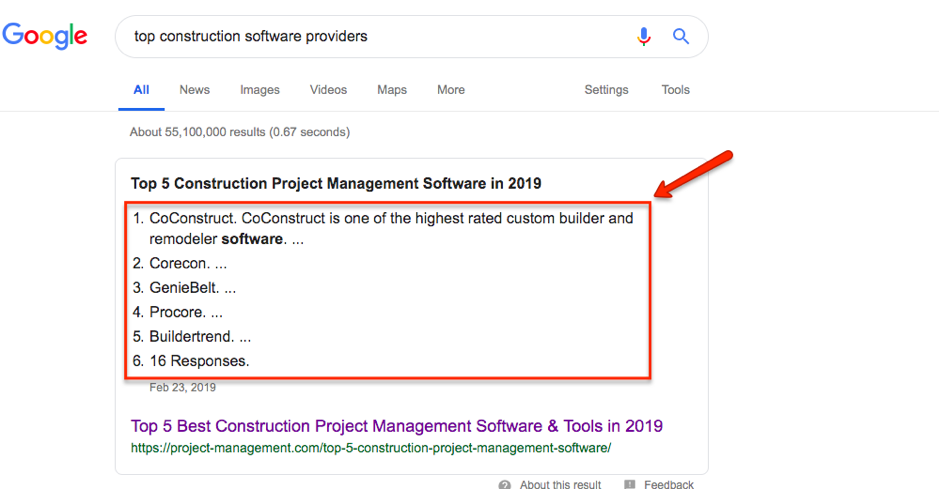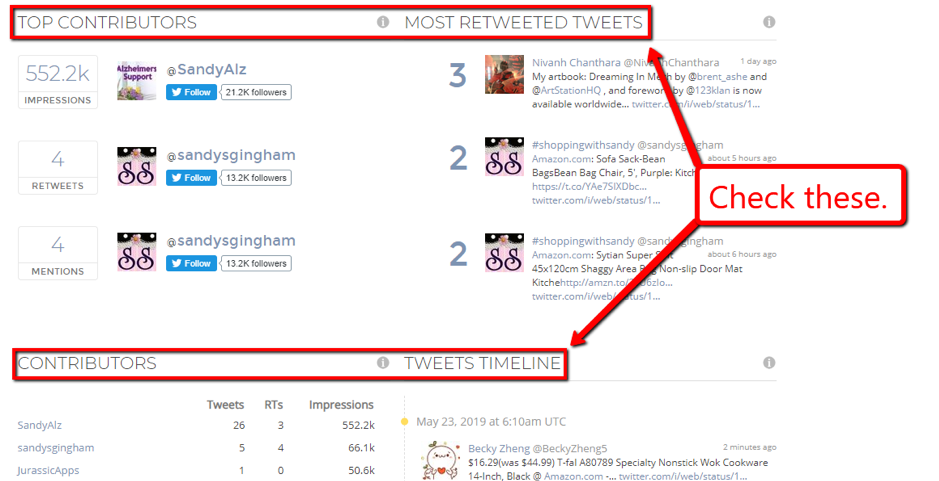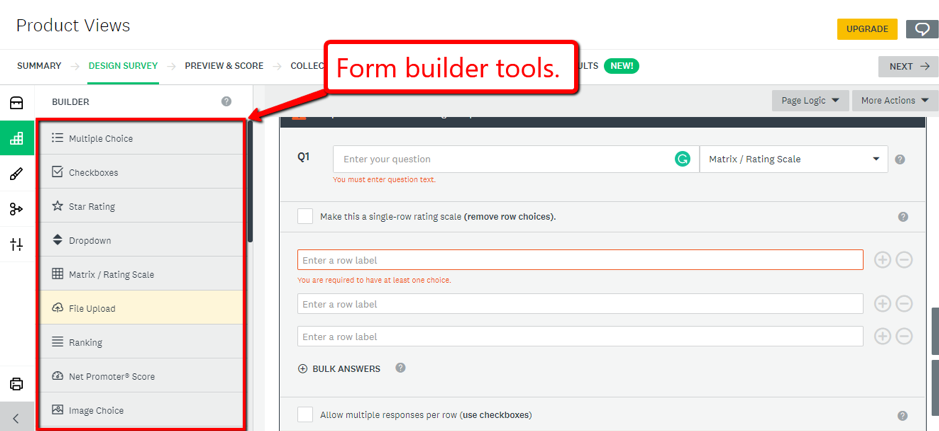— July 24, 2019
“Danger is my middle name” Austin Powers, international Man of Mystery
Spying on your B2B competitors just makes sense. A lot of sense, actually.
Unlike observing the marketing strategies of random companies or CMOs that have nothing to do with the dynamics of your own industry, you’d do better, of course, to observe your direct or indirect competitors. Their marketing tactics have context, relevance, and a strong connection to your own interests. Plus, your competitors by nature are targeting your ideal demographics, and that means there are loads of relevant things you can learn regarding your audience.
Basically, if you’re the owner of Coca Cola, you’d rather study the marketing strategies of, say, Pepsi-Cola than Toyota—right? It only makes perfect sense. And despite something of a taboo out there about doing so, totally acceptable and legal ways exist to get really good dirt on your competition.
In this week’s post, we’re going to look into how you can uncover your competitors’ strategies. Using that info, you can benchmark, improve, and get rid of wasted marketing efforts. All of it is no-risk.
So, interested? Of course you are. Here are 5 tips for how you can start sleuthing.
1. Identify and Create a Dossier for Each Competitor
You have two types of competitors, and it’s crucial that you classify them so you can understand them better. Here’s an easy way to classify them:
- Direct competitors. These are businesses that sell and market the same services and products you do. They’re the kind of companies that end up on the same shortlist when customers research your industry. How you compare against them in terms of value, pricing, and features (among other things) will influence your customer decisions to buy or not.
- Indirect competitors. These are companies that don’t offer the same services and products but are targeting the same audience that you’re pursuing. Let’s say you offer a project management software for startups. Your indirect competitors could be companies who develop “to-do” software programs. While to-do software might not be as comprehensive as project management software, it just might do the trick for some startups who are looking to increase productivity and save on cost.
When it comes to product development, look into your direct competitors.
When it comes to improving your content, check out your indirect competitors on top of studying your direct competitors.
Now for the secret sauce. To figure out who your direct competitors even are to begin with, just do a quick search in Google using the following search query: Top/Best [insert your product type here] providers (e.g., “top construction software providers, or “best construction software company”).
Here’s what Google came up with when I typed in the first search query.

Pretty neat, huh?
You should see a couple of your direct competitors in the search results.
2. Tap Into and Monitor your Competitors’ Social Media Channels
Social media is one of the essential marketing tools that both offline and online businesses use to help boost sales, customer engagement, brand awareness, and website traffic. The key is to make sure that your marketing materials and strategies are spot-on.
For example, if you’re planning on doing YouTube marketing, then you need to make sure that your thumbnail sizes are correct, the length of your videos are just enough, the keywords you’ll add in your video titles and descriptions make sense, etc.
Of course, this is where spying on your competitors comes in.
To figure out what types of videos resonate with your audience, you can:
- visit your competitor’s YT channel.
- check out which among their videos have the most engagement.
- look for commonalities on how their best performing videos are created.
As you follow these steps, you should be able to gain insight, one way or the other, on what captivates your audience. If your primary social media platform is Twitter, then you can use TweetReach to view your competitors’ social media performances on Twitter.


The tool shows your competitors’ estimated reach and exposure. You’ll also have an idea of what tweets, hashtags, mentions, etc., that your competitors are using to their advantage. Once you gain access to these details, all you need to do is to reverse-engineer what your competitors are doing.
If their tweet about, say, “10 Ways to Make Money Online” gains traction, then you can do “30 Ways to Make Money from Home.” With this strategy, you’ll have a better chance of getting positive results out of your tweets since your competitor’s tweet has already validated that your audience likes to learn about how to make money online.
Here’s a point for you doubters out there: If you don’t do your competitor research, someone else will. And they will learn these lessons sooner than you will. So save yourself the unnecessary effort by investigating your competitors. They’re watching you, too—you can be sure of that.
3. Eavesdrop on Online Communities
Online reviews can be as good as personal recommendations, and they have a huge influence on people’s decision to buy. The catch is, you need to know where your target audiences are getting these online recommendations.
Aside from directly visiting their websites, your would-be customers go to online communities such as Quora, Reddit, and other social media platforms to ask for recommendations. Customers can post a question on Quora, for example, to find out what other users have to say.
Let’s say they want to find out the best car speaker brands. Once they type in their question, they will get a slew of answers from other users.


You can use this strategy to know what people are saying about your competitor’s best features, product quality, discounts, and more. And if your competitors respond to the questions posed by the community, pay close attention to the thread.
Pro tip: Take note of how they address the questions and concerns since, in most cases, your competitors will reveal the tricks they have up their sleeve just to diffuse whatever issues are raised.
4. Interview Your Own Customers and Document Feedback
If you’d like to know who your competitors are, you can ask your customers. Really, it’s that simple.
You can use a software and survey solutions like SurveyMonkey, which allows you to create forms for your customer feedback (among other things). It’s also one way of getting insights from your customers about the brands and products they were previously considering or using before they chose to purchase from you.

Once you have this information, you can then start researching your competitors’ marketing tactics to check how they were able to reach your target customers. Leverage your customer satisfaction data to help determine the factors that influence their decisions to buy, what needs improvement, the services, and products that they’d like to see on your shelves, and more.
5. Decipher the Google Search Results Page
Although your indirect competitors are not selling the same products and services as you, they can still take website traffic away from your site.
Aside from doing keyword research using tools like Ubersuggest and KWFinder, you can go to the source, Google, to find the websites that publish content that is related to your business. Start by identifying the main keywords in your business and your value proposition. Then type in your keywords on Google’s search box. These are some of the pertinent details that you’ll see:
- The websites ranking in the search results.
- Related searches relevant to your keywords.
- The websites that use paid ads.
- Places where you can shop online, including product images.
- The closest physical stores re your keywords and whether they do e-commerce.
As you can probably imagine, the insights you can gain from analyzing the search results are wondrously useful. Yes, I said wondrously. Here’s an example:

Here I typed in “construction software” as an example. Looking at the search results, you can already see some strategies that the competing companies are using to pull the customers.
Some are offering a free demo and consultation. Others a 7-day free trial. And there are those who are using the “cloud-based” angle to promote their product, which makes a lot of sense, by the way.
When you run your marketing campaigns, you can consider these strategies to come up with more relevant and enticing marketing materials to influence your audience.
When you spy on your competitors, not only will you be able to gain actionable insights about the best ways to market your brand, but you will avoid spending thousands of dollars on market research.
Just look at what your competitors are doing, pay close attention to what’s working, then improve the things that are working, and avoid the things that aren’t.
It’s not risky at all—just effective.
Digital & Social Articles on Business 2 Community
(66)







